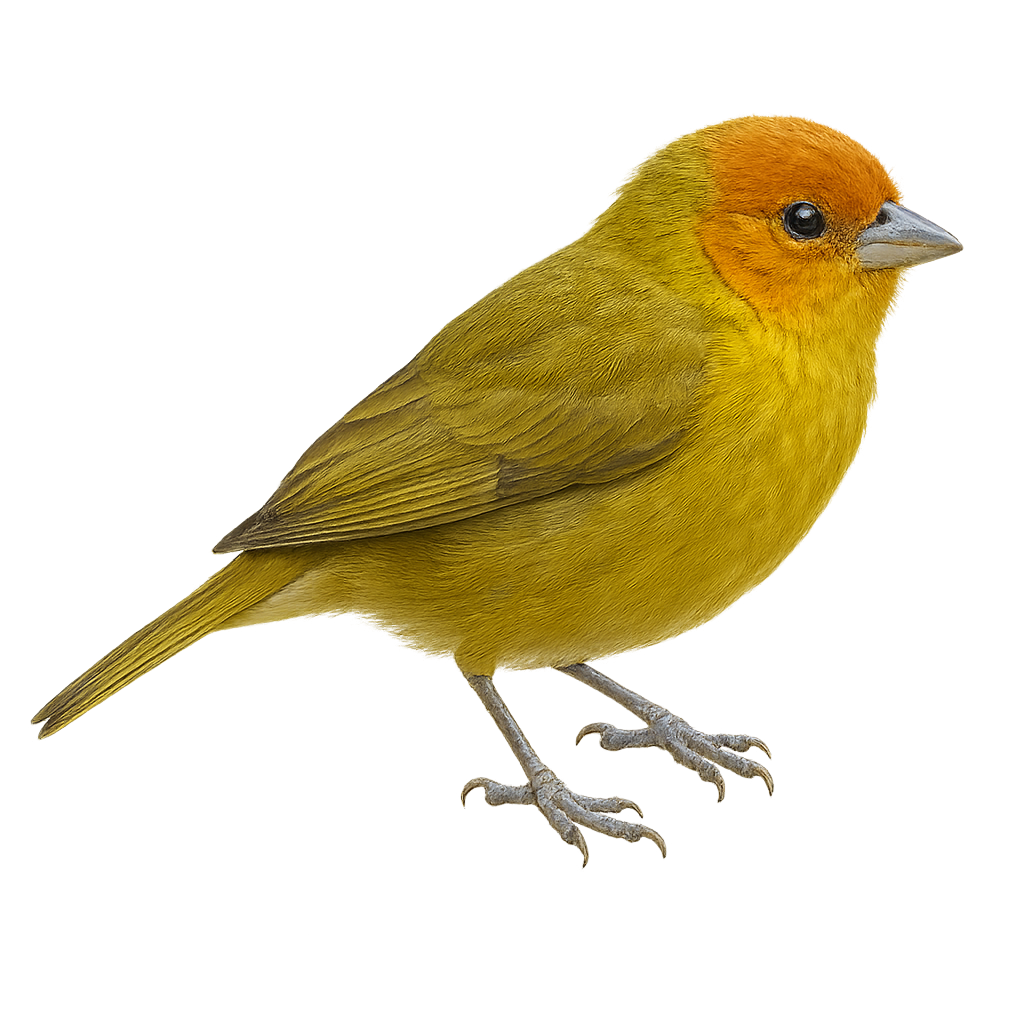Your wildlife photography guide.
Explore the rufous-capped warbler in detail, study its behavior, prepare your shots.
Where to observe and photograph the rufous-capped warbler in the wild
Learn where and when to spot the rufous-capped warbler in the wild, how to identify the species based on distinctive features, and what natural environments it inhabits. The WildlifePhotographer app offers tailored photography tips that reflect the rufous-capped warbler’s behavior, helping you capture better wildlife images. Explore the full species profile for key information including description, habitat, active periods, and approach techniques.
Rufous-capped Warbler
Scientific name: Thlypopsis ruficeps

IUCN Status: Least Concern
Family: THRAUPIDAE
Group: Birds
Sensitivity to human approach: Suspicious
Minimum approach distance: 10 m
Courtship display: March to April
Incubation: 12-14 jours
Hatchings: March to May
Habitat:
Humid forests, wooded areas, forest edges
Activity period :
Primarily active during the day, with peak activity in the morning and late afternoon.
Identification and description:
The Rufous-capped Warbler, or Thlypopsis ruficeps, is a small, colorful bird primarily found in the humid forests and wooded areas of South America. Its distinctly rufous head contrasts with its more neutral-toned body, making it a captivating sight for birdwatchers. Often seen in small groups, it moves nimbly through foliage in search of insects and fruits. Although discreet, its melodious song often betrays its presence. This tanager is a perfect example of birds adapting to specific ecological niches, using its plumage for camouflage while exploiting available food resources in its habitat.
Recommended lens:
400 mm – adjust based on distance, desired framing (portrait or habitat), and approach conditions.
Photography tips:
To photograph the Rufous-capped Warbler, choose sunny mornings when natural light highlights the vibrant colors of its plumage. Use a telephoto lens of 400mm or more to capture precise details without disturbing the bird. Be patient and discreet, maintaining a distance of at least 10 m to avoid scaring it away. Pay attention to its behavior and anticipate its movements to capture dynamic shots. Forest edges are ideal places to observe it, as it often finds its food there.
The WildlifePhotographer App is coming soon!
Be the first to explore the best nature spots, track rutting seasons, log your observations, and observe more wildlife.
Already 1 432 wildlife lovers subscribed worldwide

